Despite the fact that “The Wizard of Oz” is a magical movie to watch, it wasn’t a magical movie to film. For the cast and crew on set, working on “The Wizard of Oz” involved exposure to tons of abuse and toxicity. When “The Wizard of Oz” first premiered in 1939 as a musical fantasy, it gave eager audiences a new perspective on what trips to the cinema could feel like. That’s because the creativity that went into creating “The Wizard of Oz” is undeniable.
Decades later, people still enjoy watching “The Wizard of Oz” with the whole family. It’s currently available for streaming on Max, Amazon Prime, and Apple TV. Broadway shows and plays have been created in honor of “The Wizard of Oz” for people to sit back and enjoy. Later in 2024, Ariana Grande is set to star in a musical fantasy titled “Wicked” that tells the story of Glinda the Good Witch. Worldwide adoration for this whimsical plot isn’t going away anytime soon with remakes still being produced.
When it comes to the abuse and toxicity that occurred on the set of the original movie back in the late 30s, it’s unfortunate to rehash the nitty-gritty details. The cast consisted of Judy Garland as Dorothy Gale, Jack Haley as the Tin Man, Ray Bolger as the Scarecrow, Bert Lahr as the Cowardly Lion, and Margaret Hamilton as the Wicked Witch of the West — just to name a few. Some of these actors delivered unforgettable movie lines that are still repeated as pop culture references in this modern era. Click here to discover 50 of the most unforgettable movie lines of all time.
To gather this list of facts about “The Wizard of Oz,” 24/7 Tempo consultant several entertainment sources. These include Interesting Facts, Good Housekeeping, Parade, Oprah Daily, and London Theatre Direct.
Judy Garland’s weight was criticized when she was first hired

1939: Promotional studio portrait of American actor and singer Judy Garland (1922 - 1969) wearing her costume as Dorothy from director Victor Fleming's film, 'The Wizard of Oz'. She wears a gingham bodice and a white puff-sleeved blouse, with a satin ribbon in her hair. (Photo by MGM Studios/MGM Studios/Getty Images)
When Judy Garland was first hired to play Dorothy Gale in “The Wizard of Oz,” she wasn’t fully accepted or approved of. She was heavily criticized for her weight and forced to drop 12 pounds to move forward. On top of that, Garland was forced to wear a corset to keep her waist cinched. The movie makers wanted her to appear younger, which meant they needed her to appear skinnier.
The ruby slippers weren’t always meant to be red
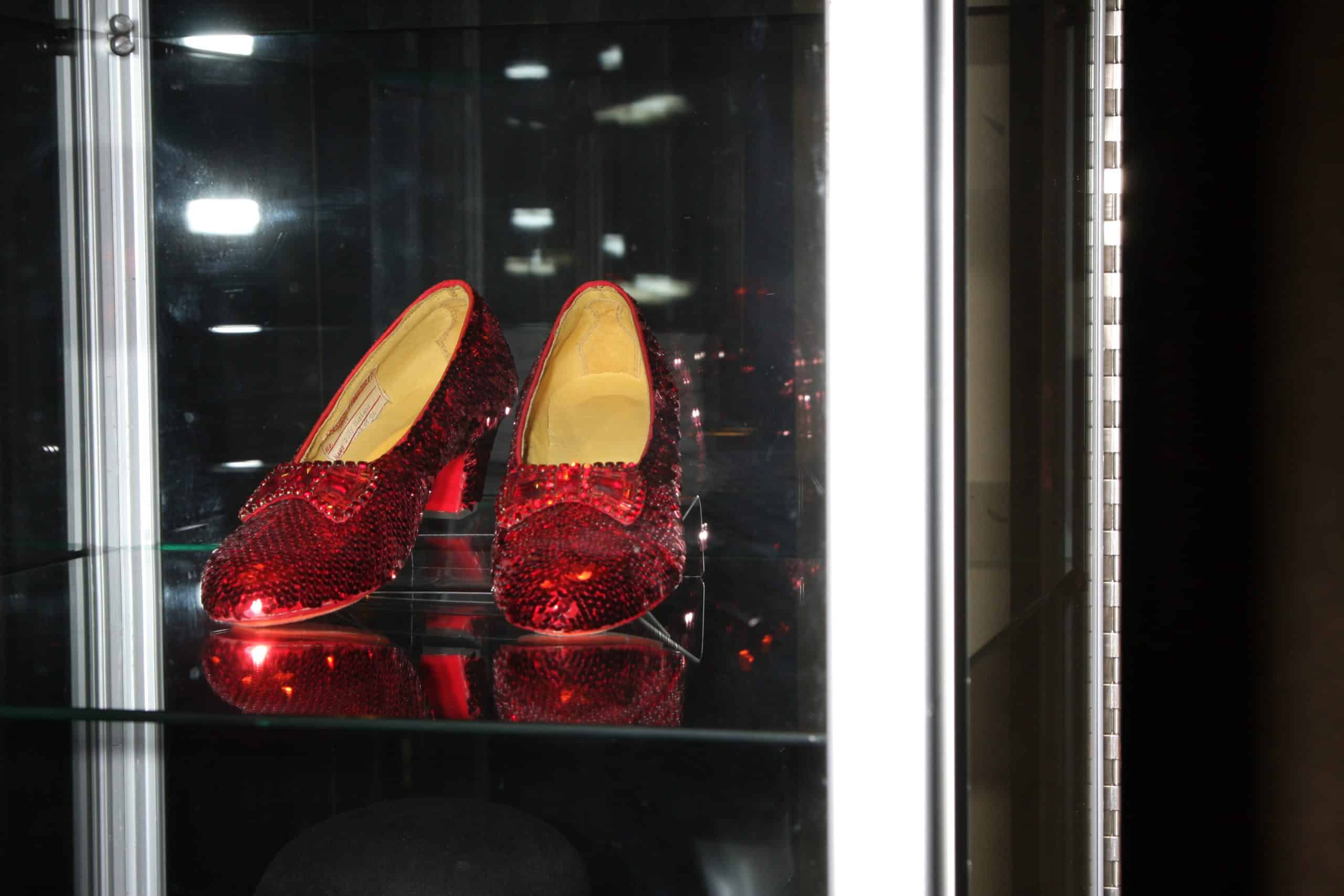
The glistening ruby slippers Dorothy wears in “The Wizard of Oz” are an iconic symbol of the movie. Interestingly enough, the ruby slippers weren’t always meant to be red. Originally, the shining shoes were designed in a silver shade. Since technicolor was part of the exciting new wave of technology at the time, movie makers went the red color route for the hype of its visibility.
“Over The Rainbow” was almost cut from the film
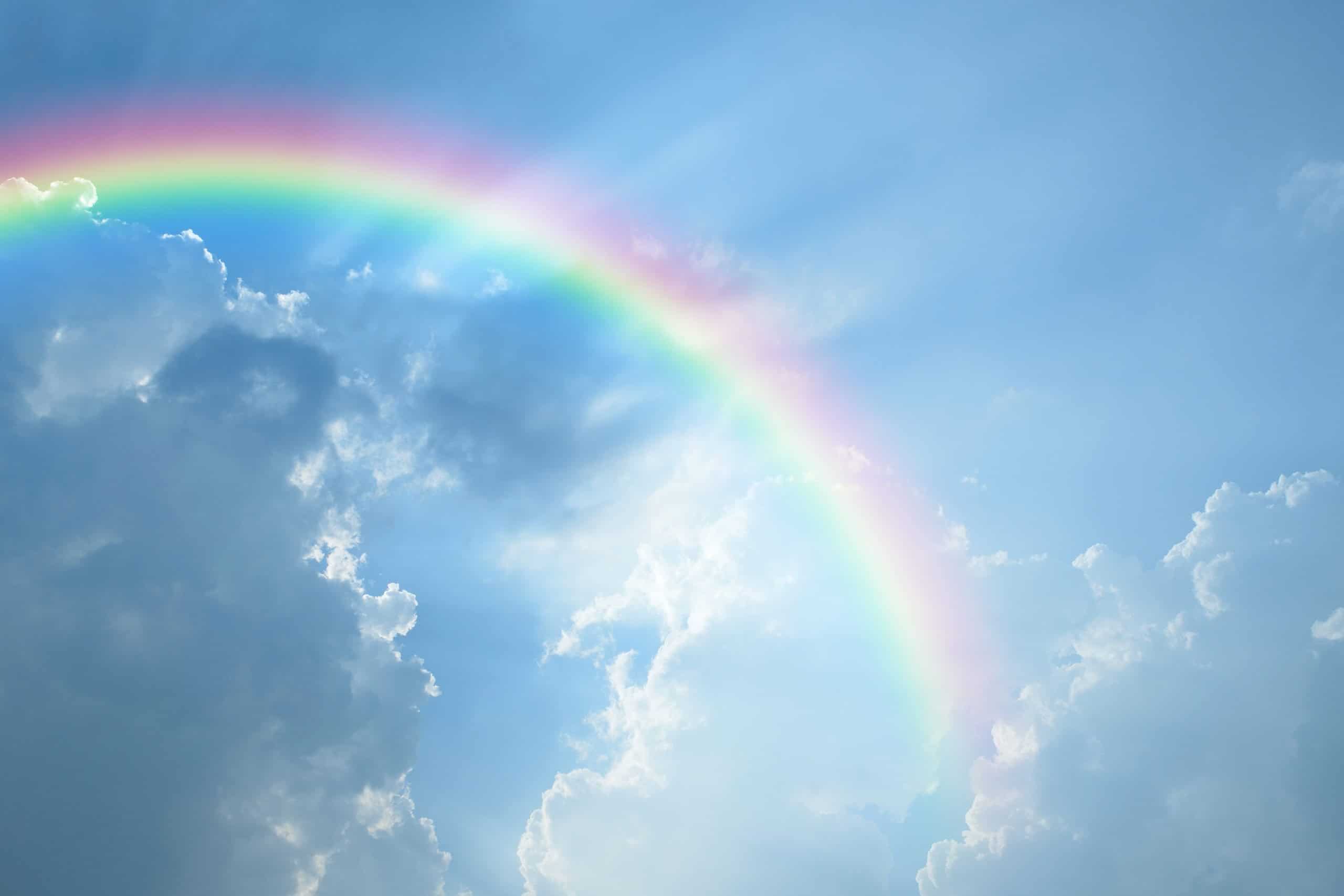
When people think of “The Wizard of Oz,” one of the first songs that comes to mind is often “Over the Rainbow.” Judy Garland did an incredible job gently belting out the lyrics during one of the black-and-white scenes in the movie. As unbelievable as this might sound, “Over the Rainbow” was almost cut from the movie altogether. For a moment, the movie makers were convinced the song was too slow for the film. Eventually, they changed their minds and chose to keep it where it belonged.
Shirley Temple was considered for the role of Dorothy

Before the movie makers officially decided Judy Garland was the perfect actress for Dorothy, Shirley Temple was considered for the role. It makes sense that an actress like Temple would be thought of for Dorothy since Temple was an award-winning celebrity who later received her own star on the Hollywood walk of fame. Instead of filming “The Wizard of Oz” in 1939, Temple starred in “The Little Princess” that same year.
Buddy Ebsen was the Tin Man before he was the Scarecrow

Headshot of actor Buddy Ebsen, circa 1945. (Photo by Pictorial Parade/Moviepix/Getty Images)
Buddy Ebsen was ultimately cast as the Scarecrow in “The Wizard of Oz.” Before the decision was official, he was cast as the Tin Man. After nine days of shooting scenes for the movie, Ebsen started exhibiting signs of an allergic reaction to the powder makeup he had to wear as the Tin Man. Since it was made of aluminum, he was temporarily hospitalized with respiratory issues. The movie makers decided to make the character switch to keep him as part of the cast lineup.
Margaret Hamilton got severely burned while playing the Wicked Witch
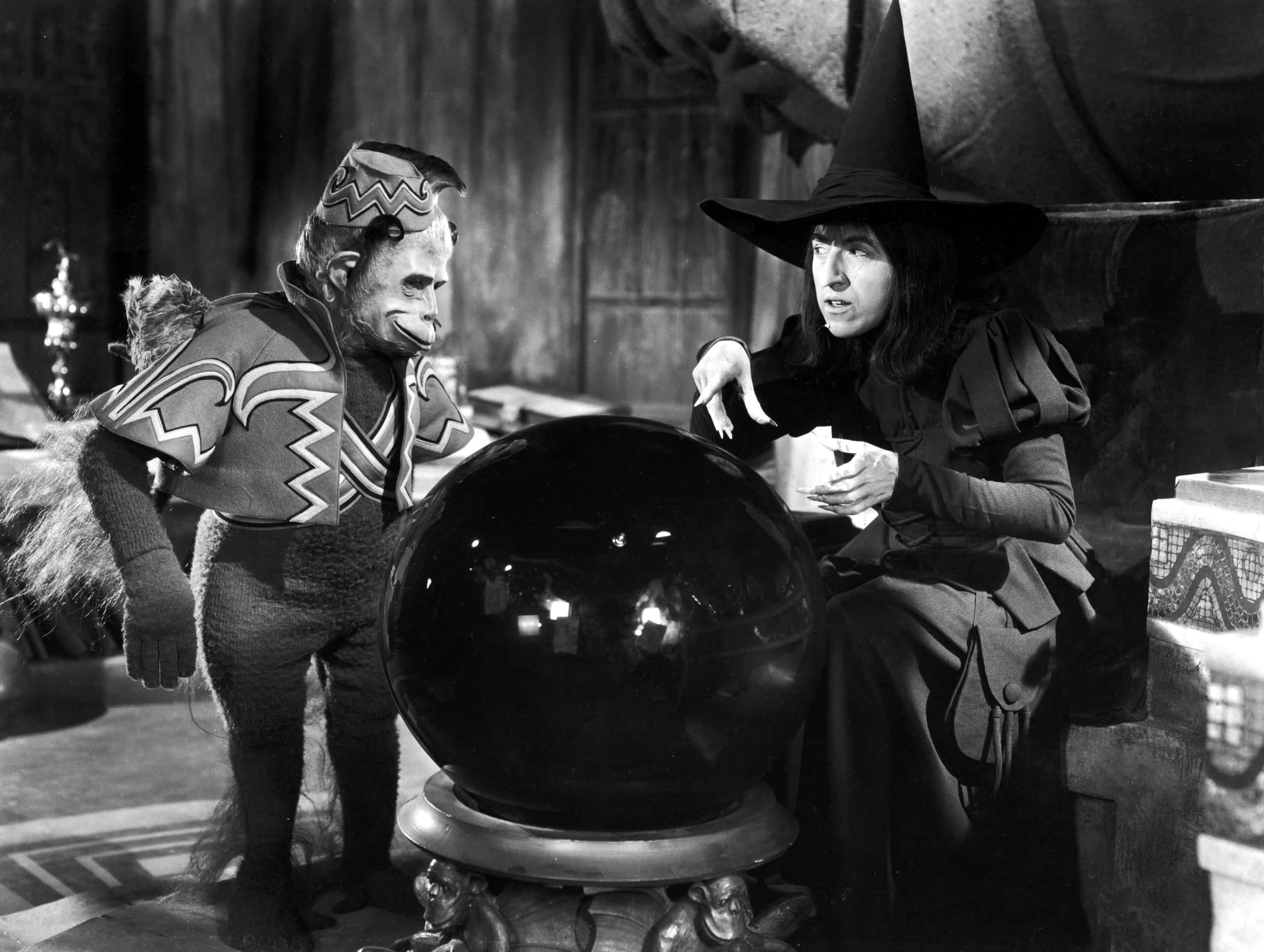
American actor Margaret Hamilton (1902 - 1985) and a winged monkey look into a crystal ball in a still from the film, 'The Wizard of Oz,' directed by Victor Fleming, 1939. (Photo by MGM Studios/Courtesy of Getty Images)
Margaret Hamilton played the Wicked Witch of the West in “The Wizard of Oz.” She did a fabulous job spooking just about everyone with her mannerisms and tone of voice in front of the cameras. Unfortunately, she was burned while filming a scene with hot smoke.
She suffered a second-degree burn on her face and a third-degree burn on her hand. It happened during a scene with the munchkins where one of the trap doors got stuck. Hamilton had to take a break from filming for six weeks to give her body a chance to heal.
The temperature on set often rose above 100 degrees

It wasn’t comfortable for the cast and crew of “The Wizard of Oz” to bring the movie to life on set. The temperatures on set often rose above 100 degrees because of all the lights that were needed to create the technicolor results. The movie makers knew they wanted the film to be brightly colored and vibrant, which came at the cost of a comfortable temperature for the folks on staff.
Dorothy was originally meant to be blonde
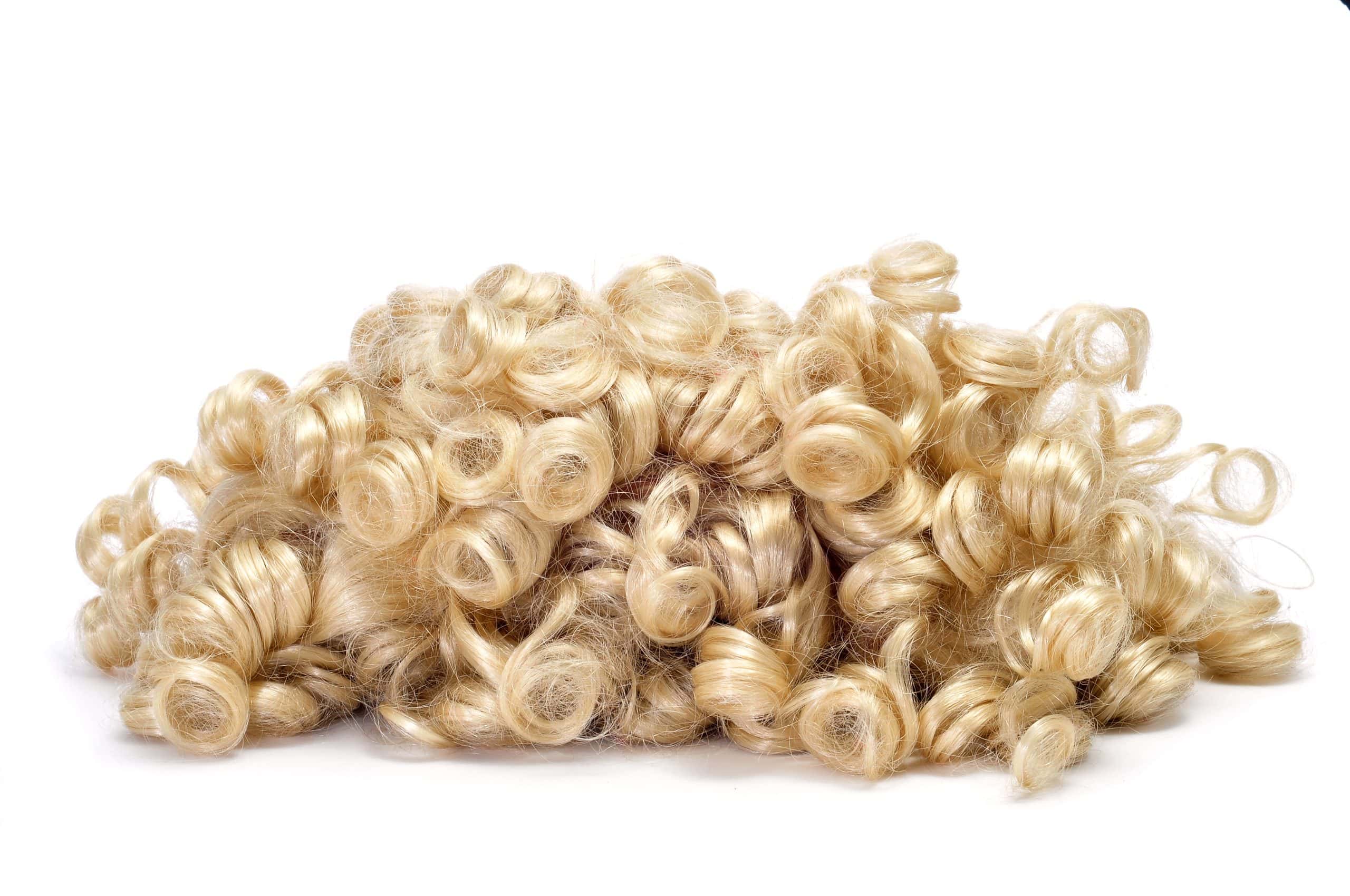
The character of Dorothy was originally meant to rock blonde hair instead of dark brown hair. When they first started filming the movie, Judy Garland was decked out in a blonde wig with makeup that resembled a baby doll. George Cukor temporarily served as the director of the movie and made the final decision about Dorothy’s hair. According to Cukor, it was best for Dorothy to showcase a more natural brunette hair color instead.
Chocolate syrup was used for the Tin Man’s tears
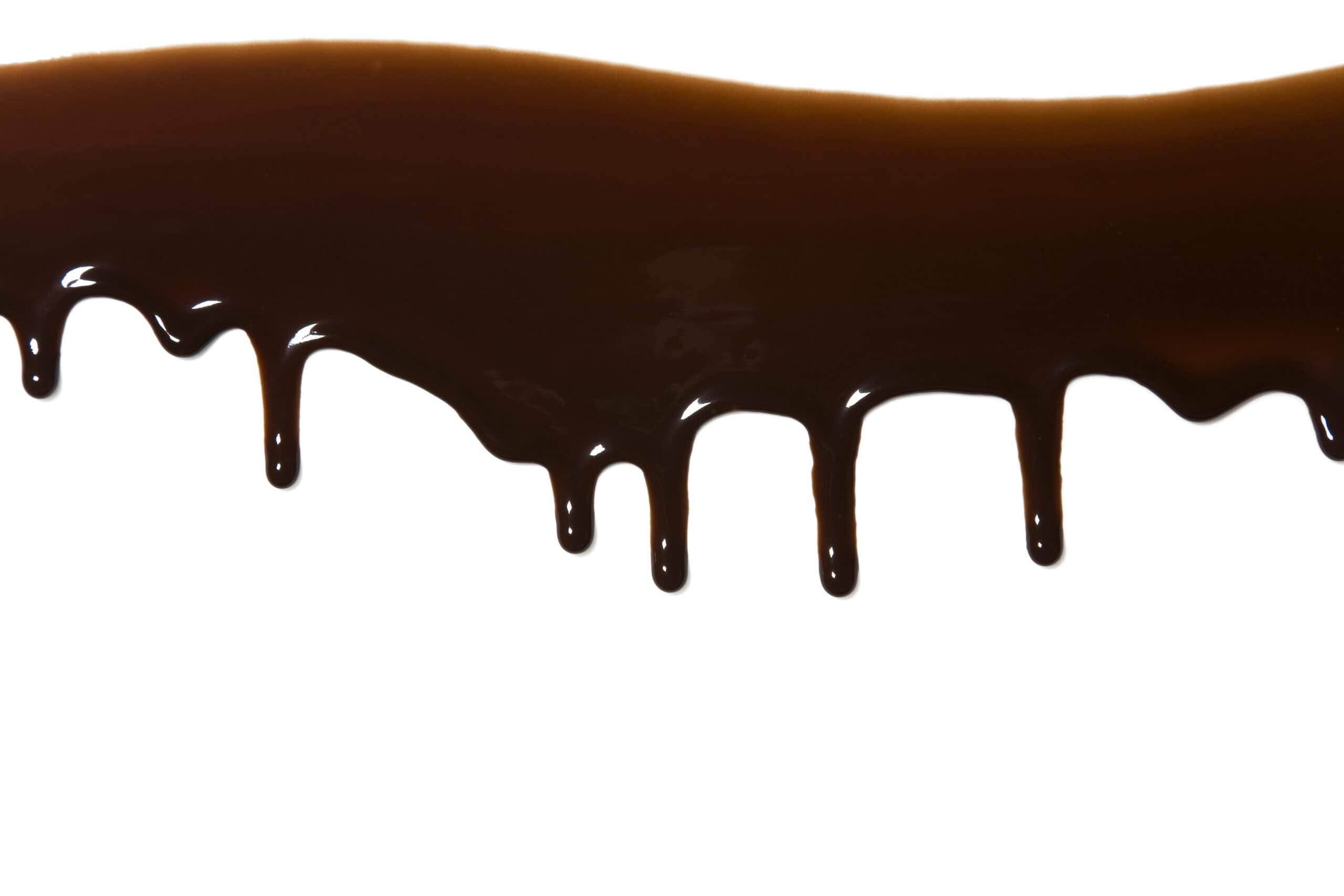
During the scenes when Jack Haley was supposed to shed tears as the Tin Man, the movie makers realized using fake water droplets simply wasn’t going to cut it. They used chocolate syrup as teardrops instead since the chocolate syrup streaks showed up better and more clearly on camera. The goal was to make sure the Tin Man’s tears looked like oil, so chocolate syrup was the perfect liquid to accomplish that.
A female dog named Terry played Toto for $125 per week

1939: American actor Judy Garland (1922 - 1969), as Dorothy Gale, holding Toto the dog for the film, 'The Wizard Of Oz,' directed by Victor Fleming. (Photo by MGM Studios/MGM Studios/Getty Images)
A female dog named Terry was hired to play Toto in “The Wizard of Oz.” Although Toto is a boy dog, no one watching the movie would be able to guess that. Terry earned $125 per week to play Toto on screen. One of the most unfortunate details about Terry’s time filming “The Wizard of Oz” is that she was injured during the process. A crew member stepped on her body on accident.
The actors who played munchkins earned $50 per week
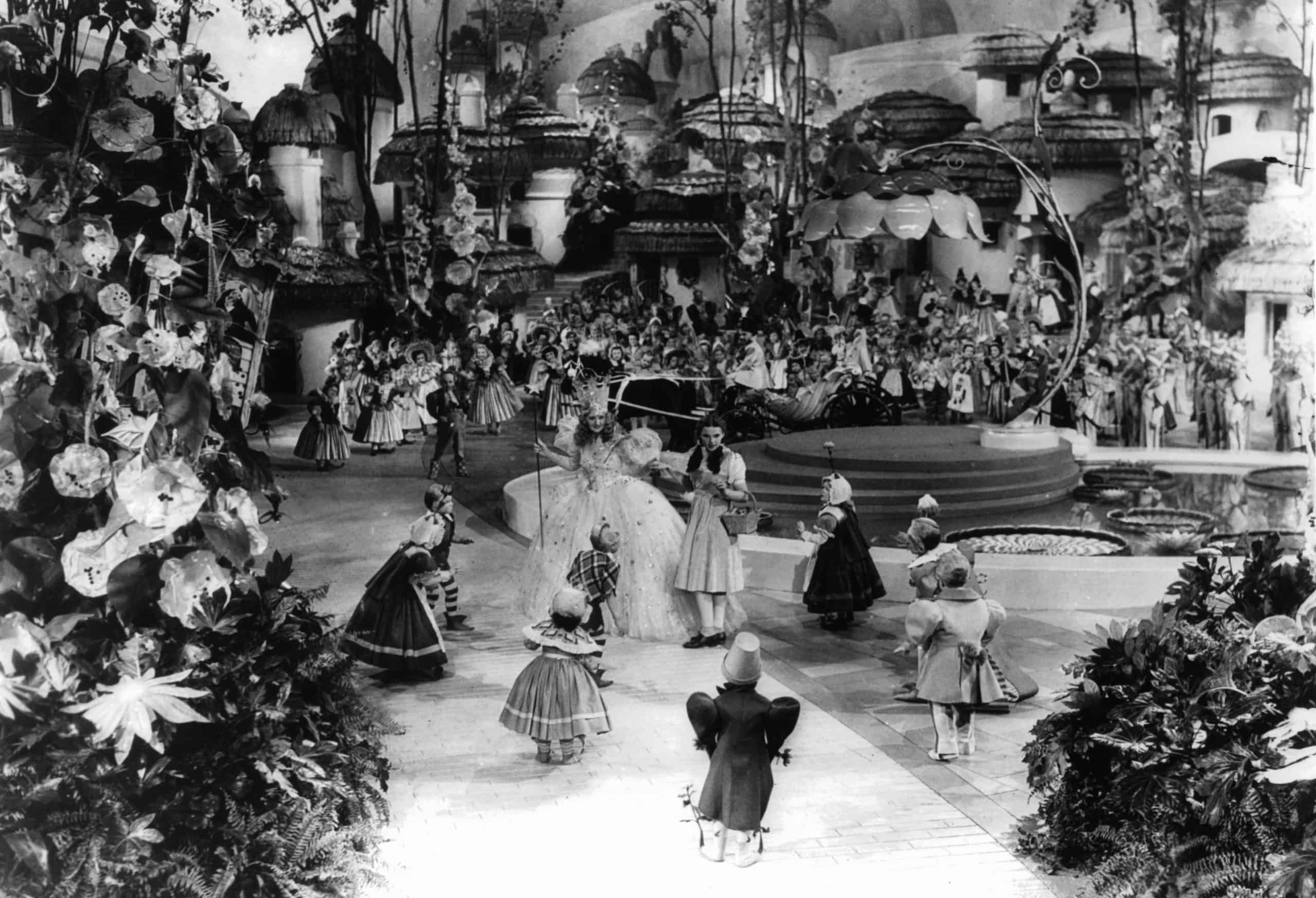
Billie Burke as Glinda, the Good Witch, introduce Judy Garland to the munchkins in a scene from the film 'The Wizard Of Oz', 1939. (Photo by Metro-Goldwyn-Mayer/Getty Images)
Billie Burke as Glinda, the Good Witch, introduce Judy Garland to the munchkins in a scene from the film ‘The Wizard Of Oz’, 1939. (Photo by Metro-Goldwyn-Mayer/Getty Images) Billie Burke as Glinda, the Good Witch, introduce Judy Garland to the munchkins in a scene from the film ‘The Wizard Of Oz’, 1939. (Photo by Metro-Goldwyn-Mayer/Getty Images)
The actors who were hired to play munchkins actually earned much less money than Terry the dog. The munchkins only earned $50 a week to bring their magic to the set of “The Wizard of Oz.” Something else about the munchkins’ time on set that doesn’t sit well is that none of the munchkin cast members saw their names credited at the beginning or end of the movie.
Margaret Hamilton’s green makeup was totally toxic
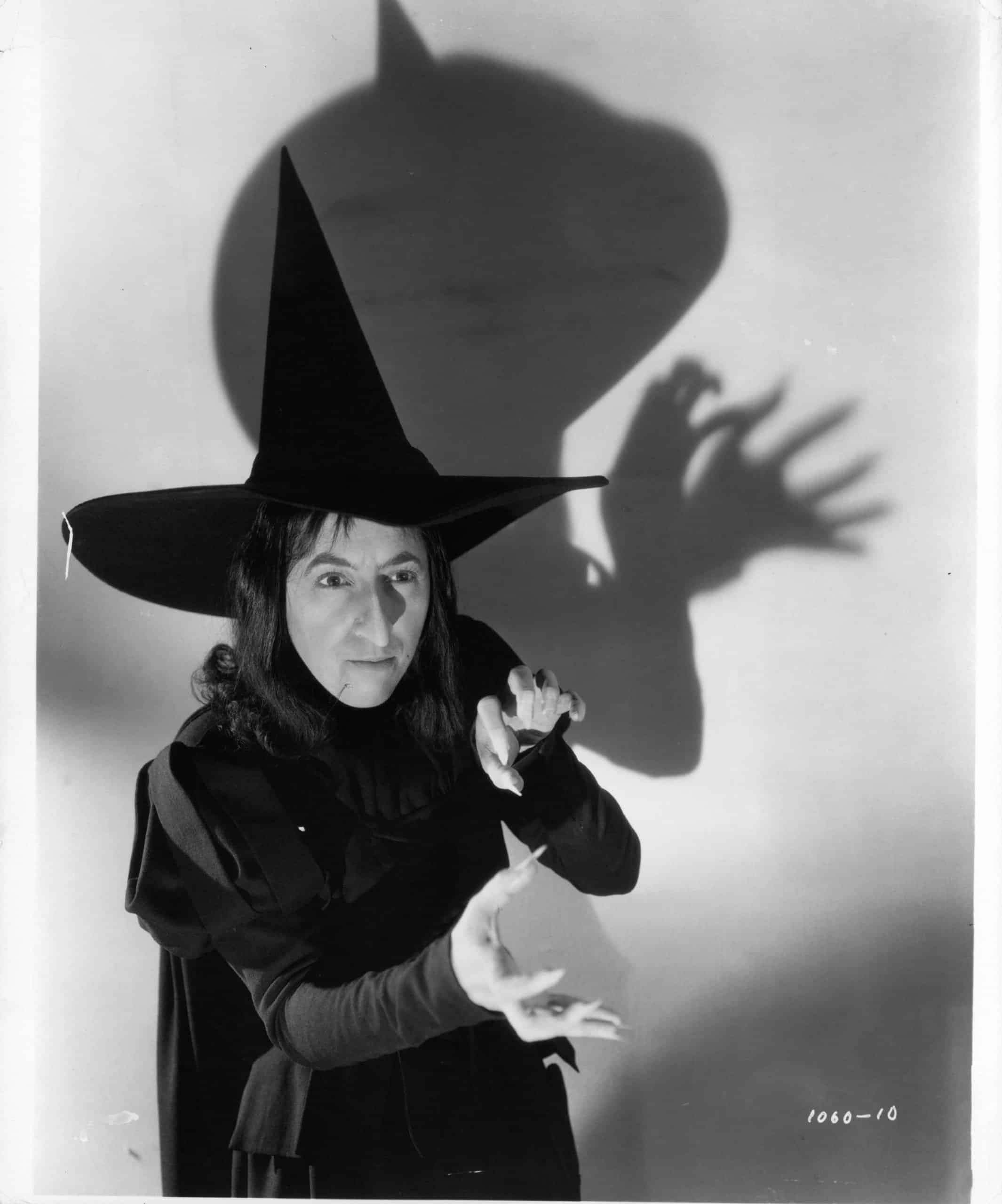
Margaret Hamilton as the Wicked Witch of the West in a scene from the film 'The Wizard Of Oz', 1939. (Photo by Metro-Goldwyn-Mayer/Getty Images)
Whenever Margaret Hamilton needed to film scenes as the Wicked Witch of the West, she was covered in thick green makeup to come across as a believable villain. Something the cast and crew didn’t know at the time is that the green face paint was completely toxic.
Since it was so poisonous, it made her sick to the point that she had to consume a liquid diet through a straw during the daytime. Weeks after shooting came to an end, her face remained green thanks to the dangerous ingredients made of a copper base.
Frank Morgan played the Wizard… and many other roles
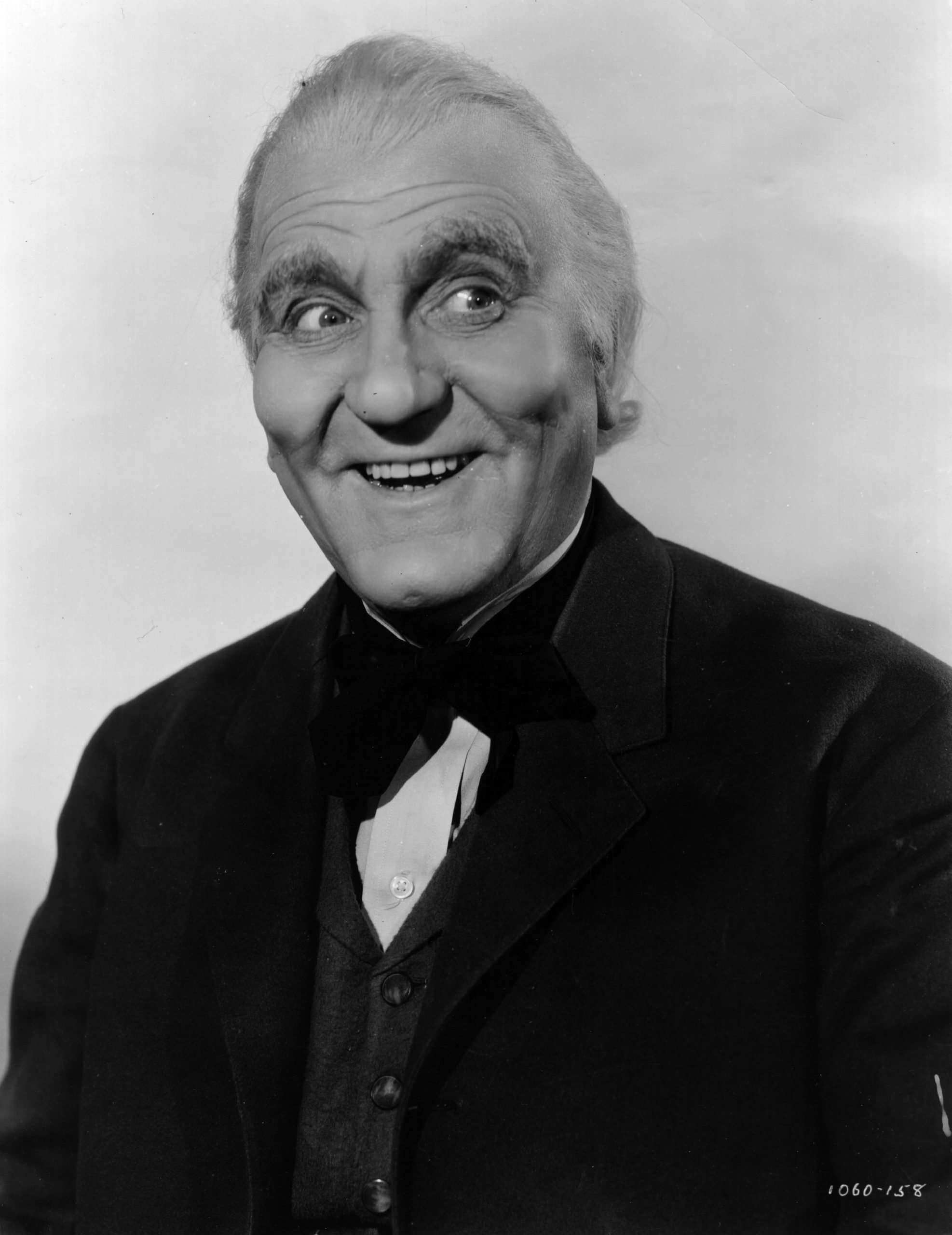
1939: Frank Morgan (1890 - 1949) formerly Francis Wupperman, the American character actor as the professor in 'The Wizard Of Oz', directed by Victor Fleming for MGM. (Photo by Hulton Archive/Getty Images)
The actor who played the role of the Wizard in “The Wizard of Oz” was Frank Morgan. He also played the role of the professor, the cab driver in Emerald City, the guard in front of the wizard’s castle, and the door keeper working at the gate. It’s obvious that Morgan was a great addition to the cast lineup since he provided such versatility by playing so many parts.
Ray Bolger’s Scarecrow facial prosthetics took a year to dissolve

American actor Ray Bolger (1904 - 1987) as The Scarecrow in the MGM film 'The Wizard of Oz', 1939. (Photo by MGM Studios/Archive Photos/Getty Images)
When “The Wizard of Oz” was finished filming, Ray Bolger didn’t return to a normal lifestyle right away. Bolger played Scarecrow for the film, and the role certainly altered his existence. The facial prosthetics added to his face took more than a year to fully dissolve. The pattern of lines attached to his forehead, cheeks, and chin stuck around for quite some time — even though the filming process was long over.
Adriana Caselotti was paid $1,000 for a single line in the film
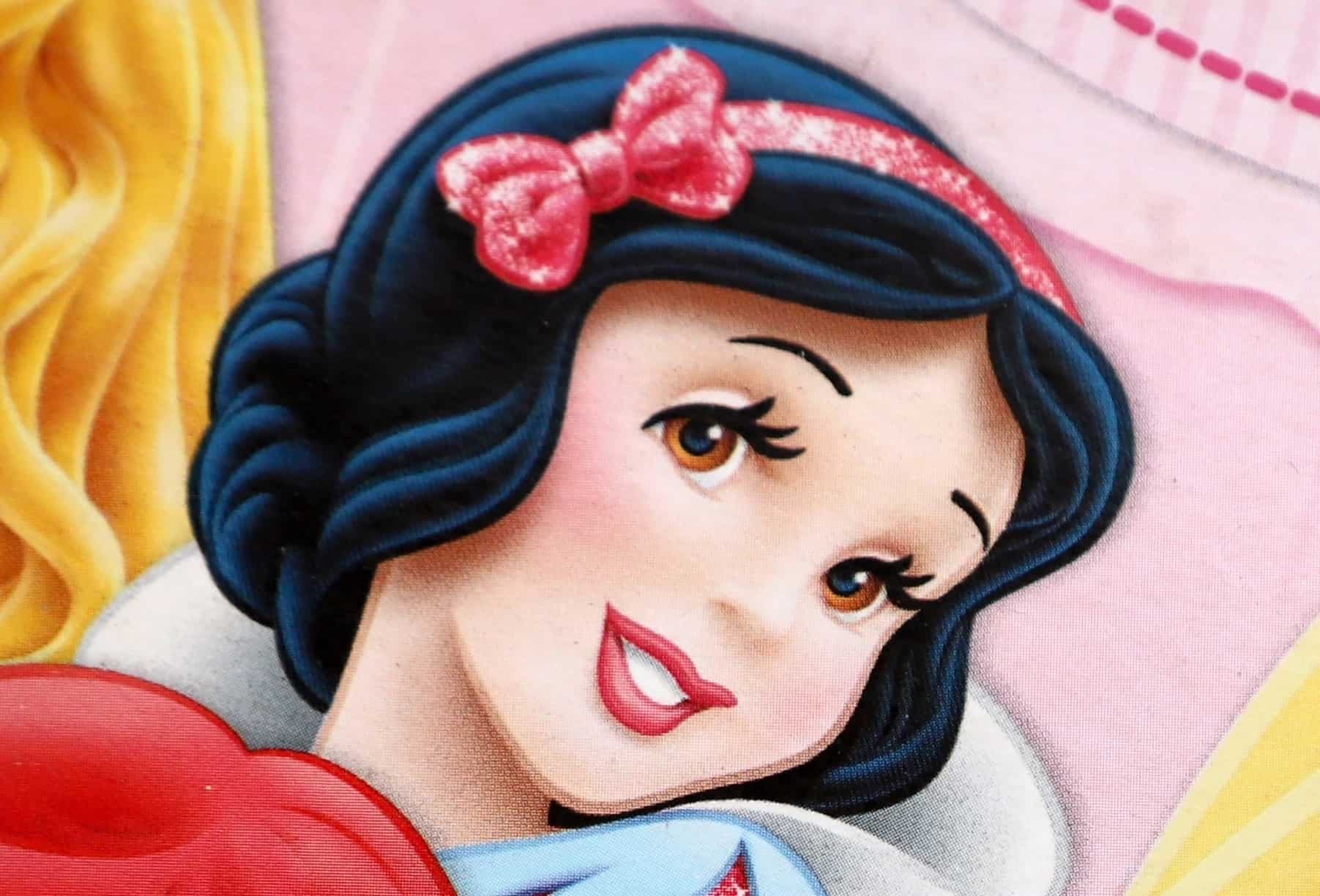
Disney princesses. Aurora from Cinderella, Snow White, Rapunzel, and Ariel the Little Mermaid. Illustrations in a magazine. Characters from classic children's stories.
Adriana Caselotti is the voice actress who took on the titular role in “Snow White and the Seven Dwarves” in 1937. The movie makers of “The Wizard of Oz” loved her voice so much that they paid her $1,000 for a single line in the film. When Scarecrow sings the song “If I Only Had a Heart,” she adds the line, “Where for art thou, Romeo?” Those five words amounted to a full grand in Caselotti’s pocket.
The Cowardly Lion’s costume was 90 pounds heavy

Bert Lahr as the Cowardly Lion in a scene from the film 'The Wizard Of Oz', 1939. (Photo by Metro-Goldwyn-Mayer/Getty Images)
Bert Lahr did everything he could to make it work as the Cowardly Lion in “The Wizard of Oz,” despite his discomfort. The entire time he was on set, he lugged around his heavy costume. It was 90 pounds in total and made out of real lion pelts. Lahr’s face was covered in pieces of brown paper bags as well. Since the set for the movie was so hot, wearing such a heavy costume around wasn’t a pleasant experience for Lahr at the time.
“The Wizard of Oz” was originally meant to be a silent film
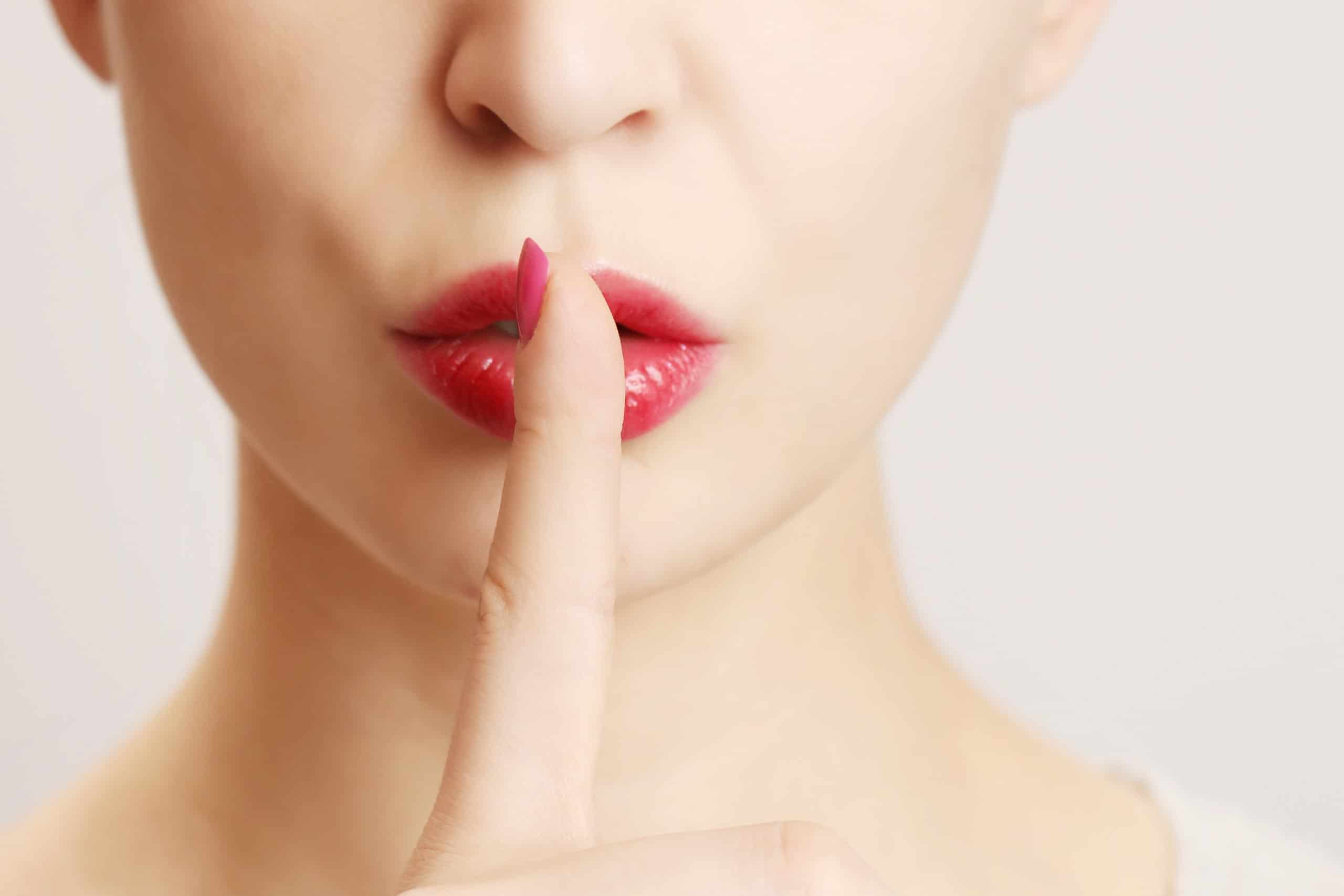
Can you imagine what “The Wizard of Oz” would have been like if it ended up being a silent film? Originally, the movie was supposed to be totally quiet. The 1925 version of the movie was silent, and for a brief moment, the 1939 movie makers considered following that pattern. Ultimately, they realized they’d be better off adding voices and dialogue to help the story come to life.
Director Victor Fleming quit halfway through to focus on “Gone With the Wind”
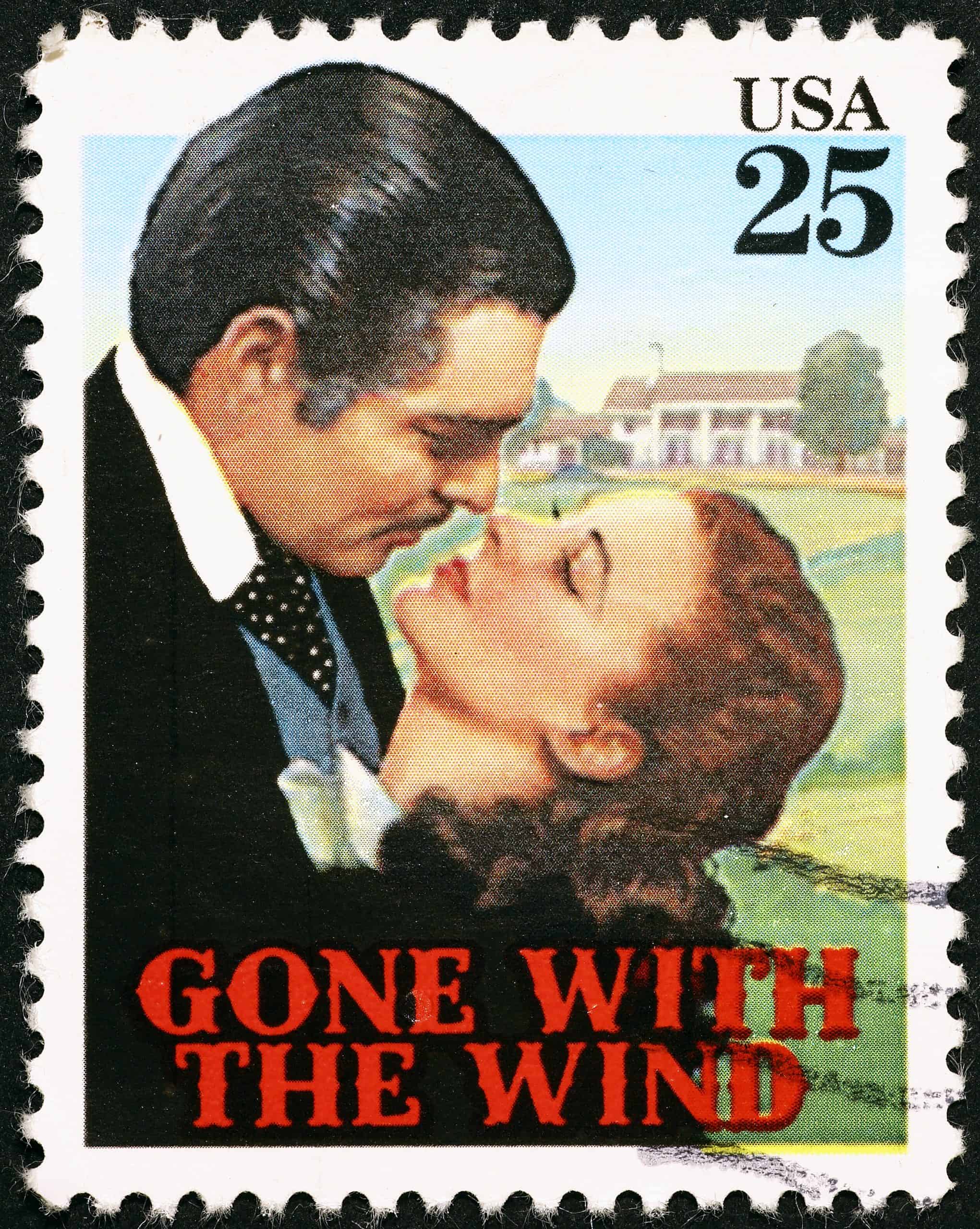
Victor Fleming was one of the directors who worked on “The Wizard of Oz” for a while. He decided to quit the movie halfway through to focus on “Gone With the Wind” instead. That was probably a brilliant move it for a Fleming since “Gone With the Wind” ended up raking in tons of awards. It pulled in several Academy Awards, a People’s Choice Award, a New York Film Critic’s Circle Award, and a Satellite Award.
Years after production ended, Judy Garland’s daughter married the Tin Man’s son
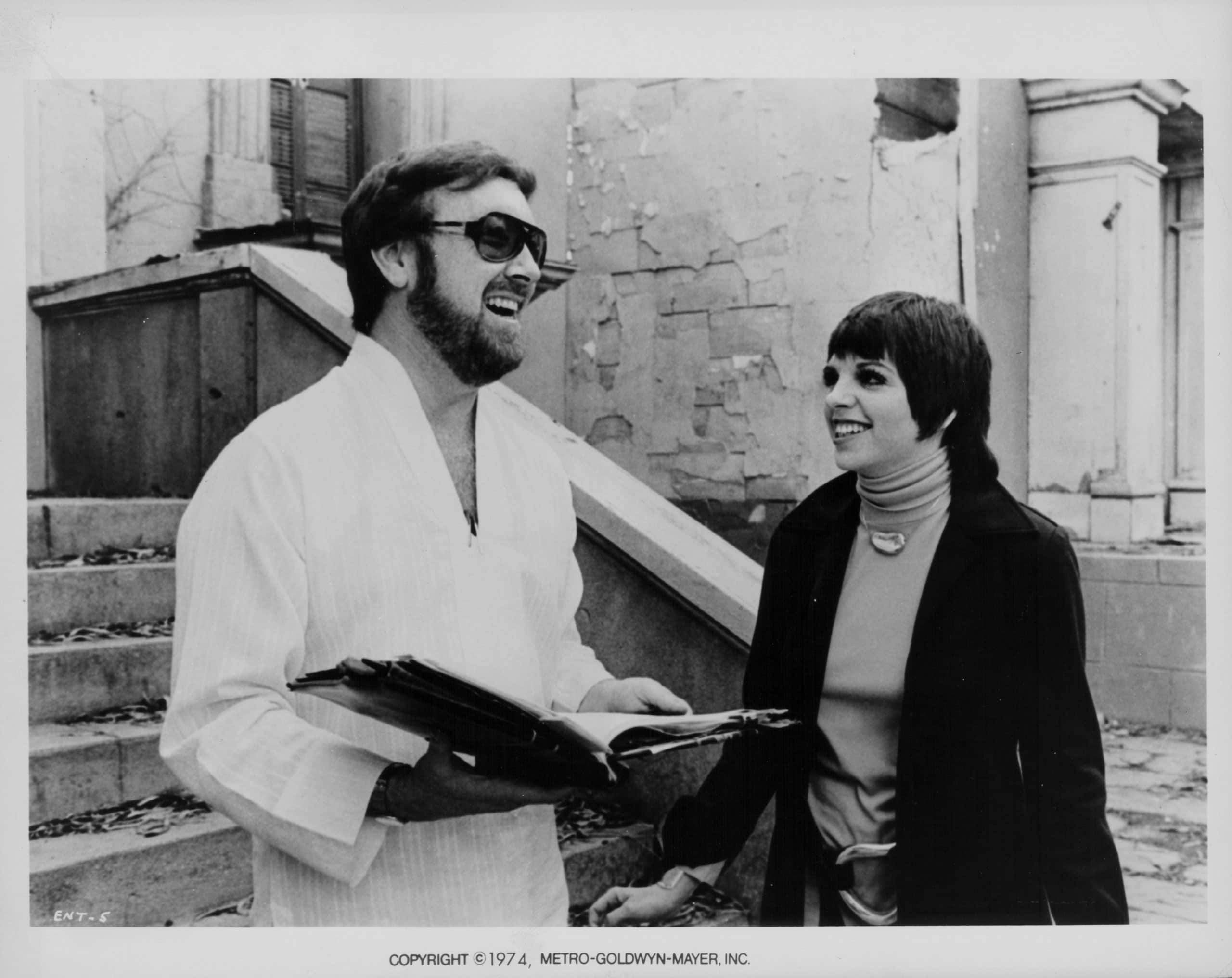
Film director Jack Haley Jr and his wife, actress Liza Minnelli, laughing together on a film set, 1974. (Photo by Archive Photos/Moviepix/Getty Images)
“The Wizard of Oz” premiered in 1939, but the magic of the movie didn’t end there. Years later in 1974, Judy Garland’s daughter connected with Jack Haley’s son. Liza Minnelli and Jack Haley Jr. tied the knot in the mid-70s, which was an interesting connection for fans of “The Wizard of Oz” back then. Ultimately, the love story didn’t last. Minnelli and Haley Jr. divorced in 1979.
3,210 costumes were designed and sewn for the film
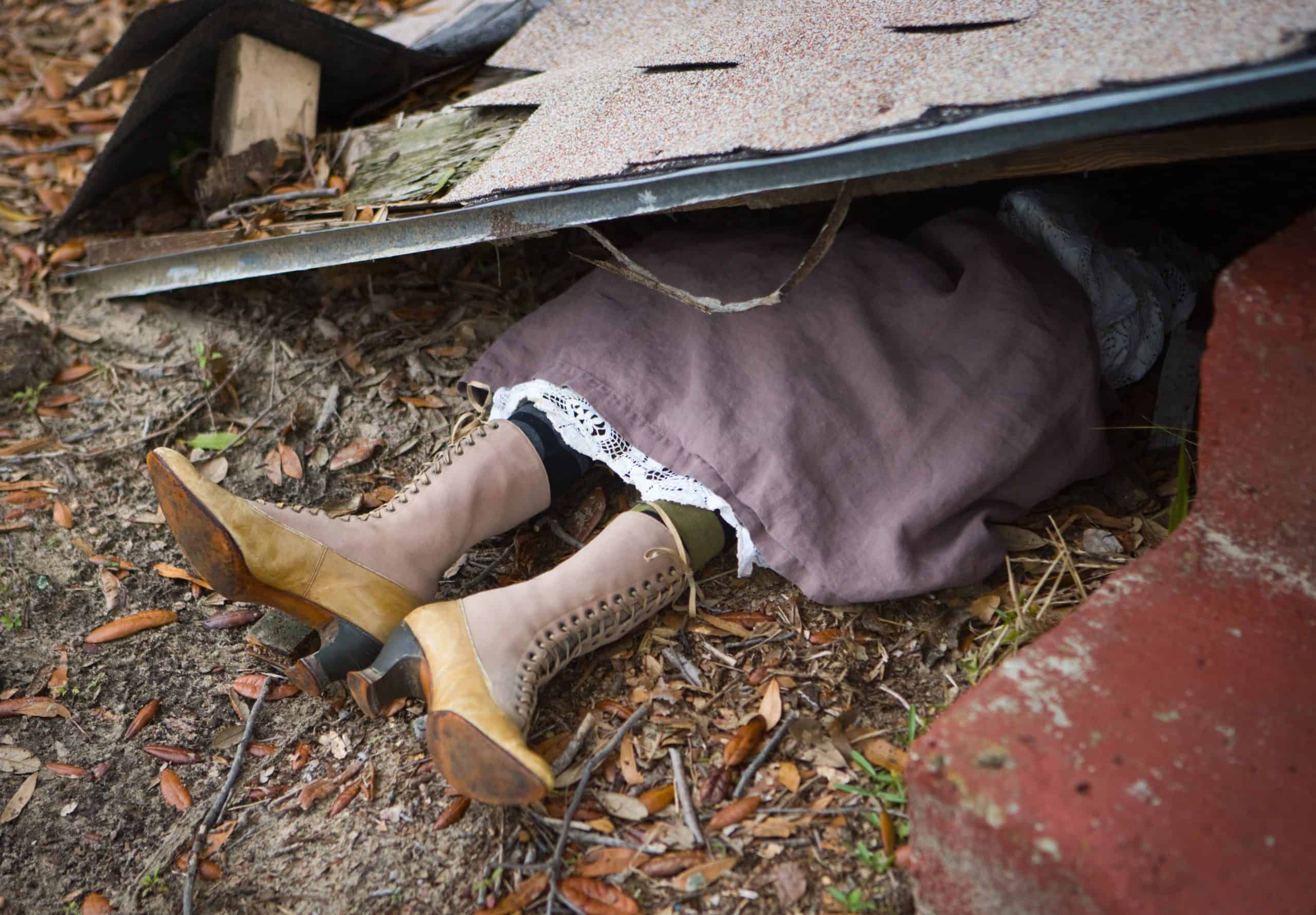
The costume designers in charge of making magic happen on the set of “The Wizard of Oz” got creative and active with their output. Ultimately, they designed and sewed 3,210 costumes for all the characters to wear while filming the movie. These costumes covered the backs of Dorothy, Scarecrow, the Tin Man, the Cowardly Lion, Glinda the Good Witch, the Wicked Witch of the West, the munchkins, and more.
Dorothy and Scarecrow almost shared an on screen romance
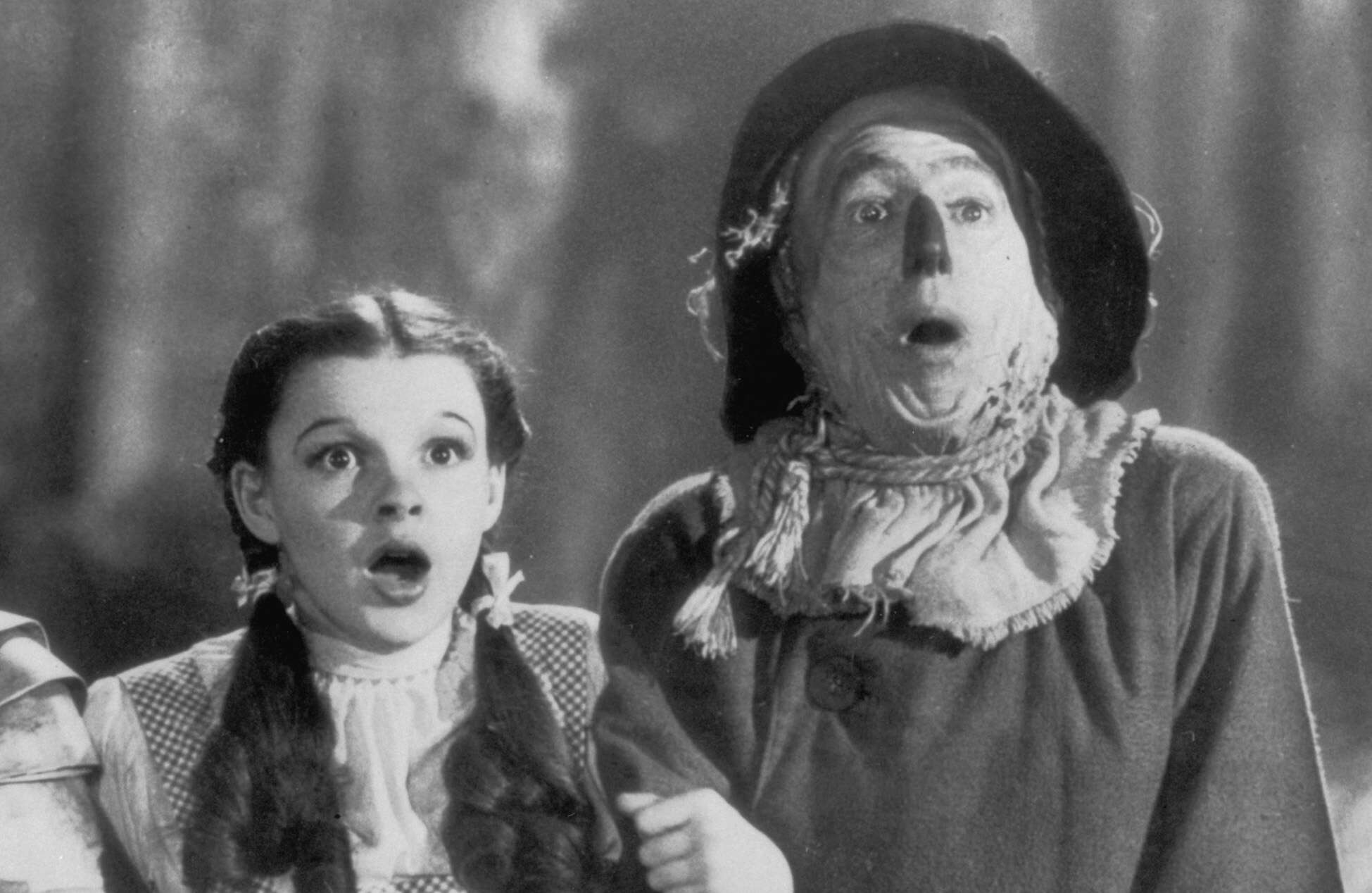
The Tin Man (Jack Haley), Dorothy (Judy Garland) and the Scarecrow (Ray Bolger) set off on their quest for fulfillment in the children's classic 'The Wizard of Oz', directed by Victor Fleming for MGM, 1939. (Photo by FPG/Hulton Archive/Getty Images)
An interesting dynamic that could have surfaced in “The Wizard of Oz” would’ve been a love connection between Dorothy and Scarecrow. In early versions of the scripts for “The Wizard of Oz,” Dorothy and Scarecrow were written to fall head over heels in love with each other. Overtime, movie makers decided to go in a different direction leaving Dorothy and the other leading cast members completely single from start to finish.
The fake snow on set was made of asbestos

Just when you think the toxicity on set of “The Wizard of Oz” couldn’t get any worse, it turns out that the fake snow used for filming was made out of asbestos. The asbestos seen falling during the poppy field scene was made out of 100% industrial-grade asbestos.
As of now, laundry soap flakes, potato flakes, or combinations of flour and baking soda with water can be used to create fake snow for movies and TV shows. Asbestos simply should have never been used in the first place. It wasn’t until 1949 that the world finally understood just how harmful and dangerous it was.
Director Victor Fleming slapped Judy Garland on set

Another moment of abuse that occurred on set happened when Victor Fleming slapped Judy Garland on set. He grew aggravated by her in a moment when she wouldn’t stop laughing so he hit her across the face. This assault occurred before Fleming parted ways with “The Wizard of Oz” to work on “Gone With the Wind.” For some reason, his assault of Garland wasn’t taken seriously at the time. He wasn’t arrested or charged for it.
Dorothy’s dress was supposed to be pink

The dress Judy Garland wore as Dorothy is recognized today for being white and blue with a tiny checkered pattern. Originally, the dress was supposed to be pink. Since the movie-making technology was changing with technicolor on the rise, the producers went with white and blue for aesthetic purposes.
As of now, people still dress up like Dorothy for Halloween parties by finding costumes that offer blue and white checkered dresses. If the original pink dress color had been used instead, modern Dorothy costumes would look a lot more feminine and girly than they currently do.
“The Wizard of Oz” was a box office flop

As shocking as this might sound to people who appreciate the mystical allure of “The Wizard of Oz” today, the movie was a box office flop when it first premiered. The reason why? It premiered at the same time as “Gone With the Wind,” which was much well-received by audiences in a significant way. It costed moviemakers $2.8 million to make a “The Wizard of Oz,” and it only earned $3 million when it was initially released in theaters. Click here to read up on Hollywood’s biggest flops of all time.
